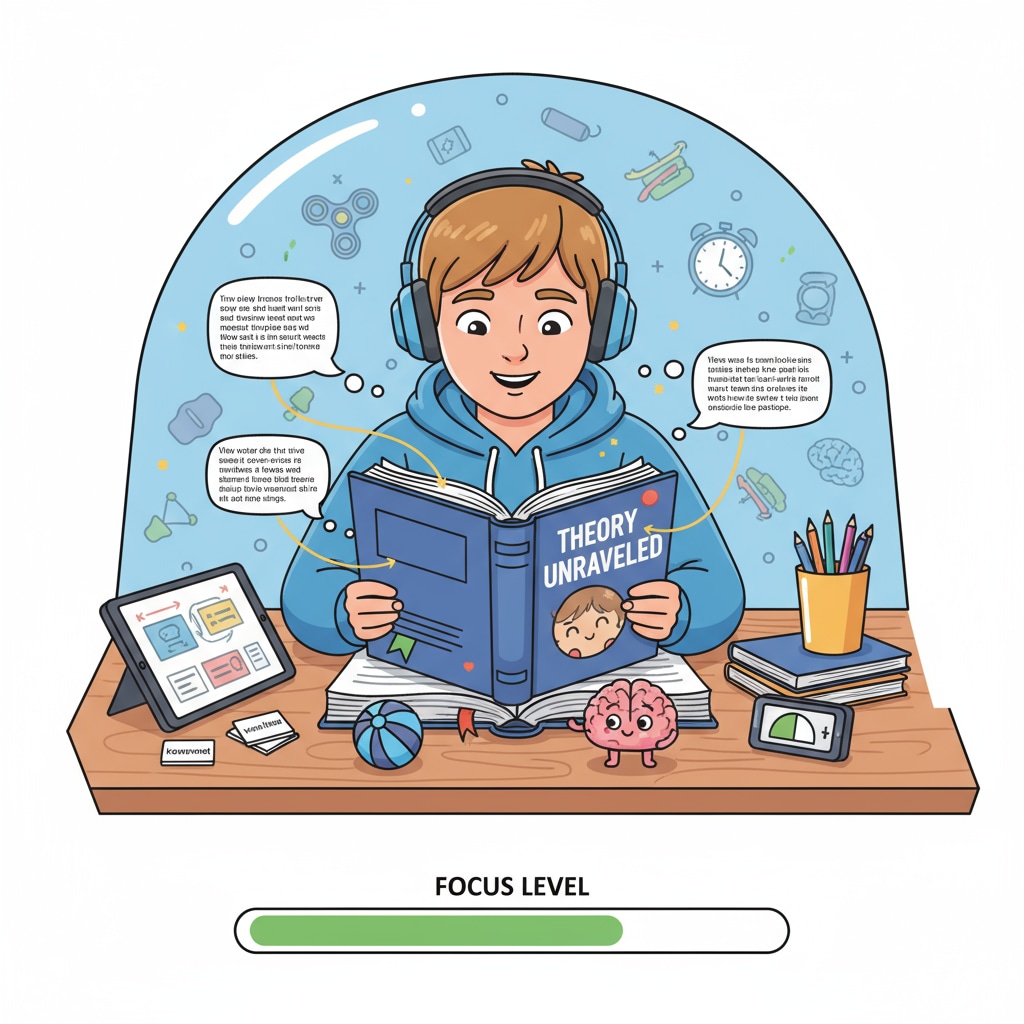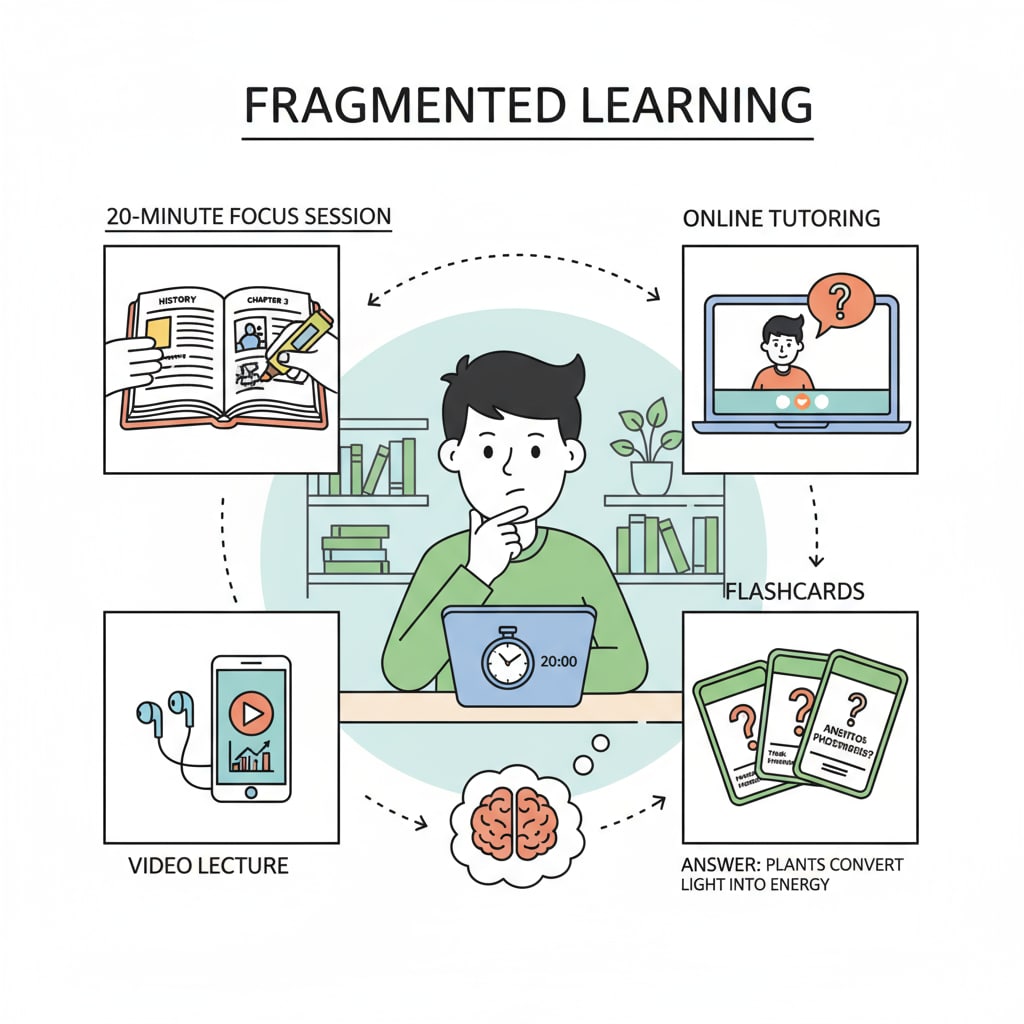Theory learning can be particularly challenging for learners with attention deficits and those who thrive in hands-on learning environments. However, with the right strategies, they can significantly improve their learning efficiency. In this article, we will explore some effective approaches to help these learners overcome difficulties and succeed in theory-based subjects.

Reverse Learning from Exam Questions
One effective strategy is to work backward from exam questions. By analyzing past exam papers, learners can identify the key concepts and knowledge points that are frequently tested. This way, they can focus their learning efforts on these areas. For example, if a certain topic appears repeatedly in exam questions, it indicates its importance. Learners can then delve deeper into this topic, read relevant textbooks, and take detailed notes. This targeted approach helps learners with attention deficits stay focused on what truly matters and improves their understanding of theoretical concepts. Using Past Exams for Effective Study on Education.com
Fragmented Learning for Sustained Focus
Learners with attention deficits often find it difficult to maintain concentration for long periods. Fragmented learning, also known as microlearning, can be a great solution. Instead of trying to study for hours at a time, break the learning material into smaller, more manageable chunks. For instance, study for 15 – 20 minutes, then take a short break. This allows the brain to rest and recharge, making it easier to stay engaged. Additionally, this method aligns well with the learning preferences of hands-on learners who may prefer quick, practical tasks. Microlearning on Wikipedia

Another important aspect is to involve multiple senses in the learning process. Hands-on learners tend to retain information better when they can see, touch, and interact with the learning material. For example, when studying a scientific theory, conduct simple experiments at home to demonstrate the principles. Or, create visual aids like mind maps or flashcards. These multi-sensory experiences make the learning process more engaging and memorable, which is beneficial for both attention-deficit and hands-on learners.
In conclusion, by implementing these strategies such as reverse learning from exam questions, fragmented learning, and multi-sensory engagement, learners with attention deficits and hands-on learning styles can enhance their learning efficiency in theory subjects. It’s all about finding the methods that work best for each individual and using them consistently to build confidence and achieve academic success.
Readability guidance: Use short paragraphs and lists to summarize key points; provide a list under each H2 whenever possible; control the proportion of passive voice and long sentences; add transition words (however/therefore/in addition/for example/as a result, etc.) throughout the text.


